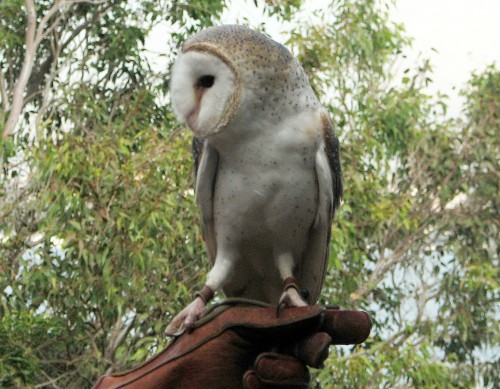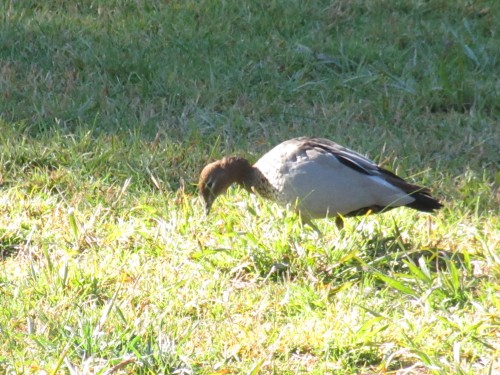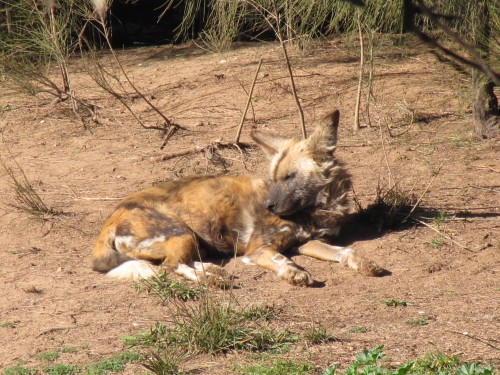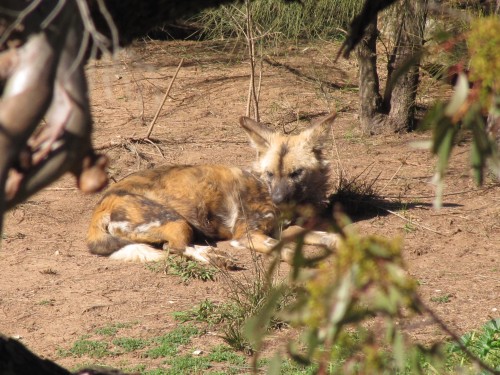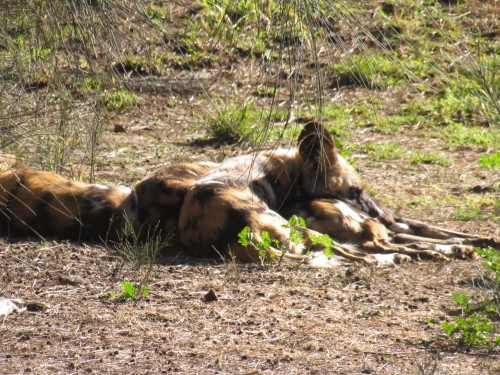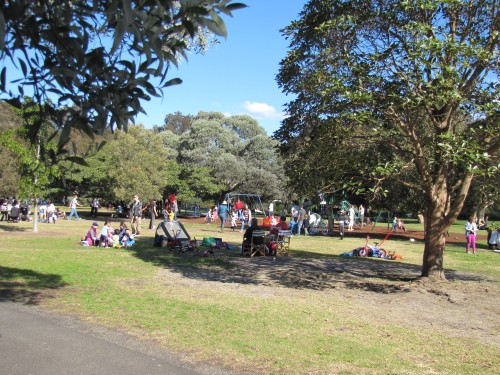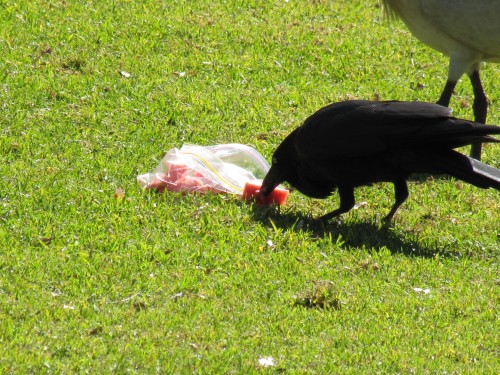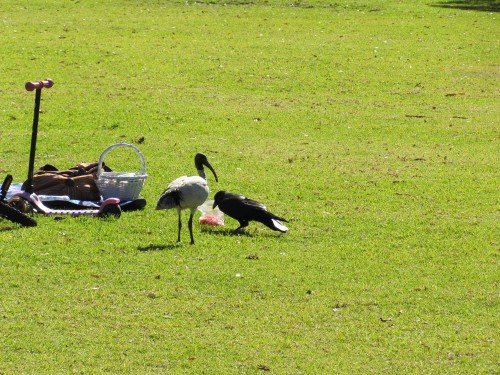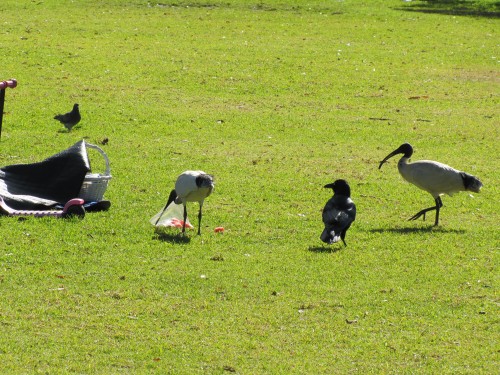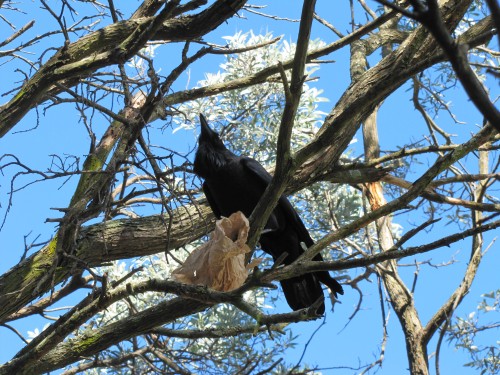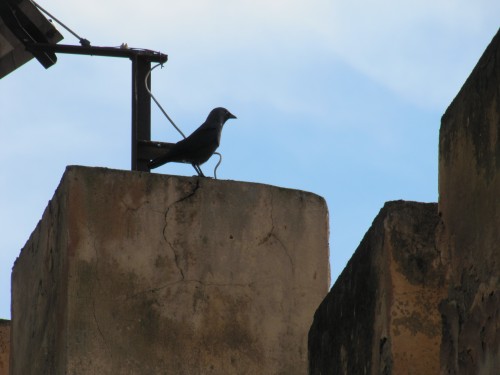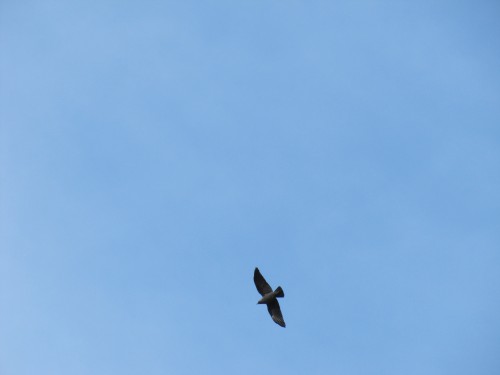Cold weather birding
I didn’t do much birding today.
Or yesterday.
I decided that the weather was far too cold. We are having a really cold winter’s snap here in South Australia with heavy rain, very cold temperatures, blustery winds and even snow. Snow in our state is such a rarity it receives plenty of coverage in the news. We average one snow fall every few years and it only lasts a few moments on the ground – if it reaches the ground. Nothing like the countries where some of my readers reside, I know, but then you don’t have to contend with our severe summers which we take in our stride. Or our snakes. Or spiders. Or sharks… you get the picture?
Despite the cold, inclement weather I was still able to be aware of the birds in and around our home and garden. The New Holland Honeyeaters and Red Wattlebirds were busily feeding on a few native plants and trees which are currently flowering. The Australian Magpies have stopped fussing about whether it is time to start building nests yet. A small party of White-browed Babblers scratched their way through the leaf litter a few days ago and the little family of Superb Fairy-wrens always seem to be happy to flit and hop around the garden, no matter what the weather dishes up.
Yesterday I noticed two Little Ravens scratching around in the grass I haven’t mowed recently. They seemed to be having a good feast. A few days ago I also heard several Grey Currawongs calling but they must have been just passing through our mallee scrub and not stopping. Earlier in the week I heard a Barn Owl screeching outside during the evening; we had visitors at the time so I didn’t go out searching for it.
Further reading:
- Just click on the name of any of the species mentioned in this post. A link will take you to photos and stories about each of the species mentioned. Reading those articles might help you to while away some poor weather in your part of the world.
Watch your back, duck
I was amazed at the danger this Australian Wood Duck had placed itself into. It was quietly grazing on the grass in the African Wild Dog enclosure at the Western Plains Zoo in Dubbo, and with its back to the pack sunning themselves about 30 metres away. They are cunning hunters and quite capable of sneaking up on an unsuspecting, tasty meal like a duck. I guess that they are well fed and have no need to chase after wildfowl, or any other birds which stray into their enclosure.
This reminded me of a guided tour we had a some years ago through our local Monarto Zoo, just 10km from my home here in Murray Bridge. The tour bus was slowly moving through the cheetah enclosure when the guide announced that the cheetahs loved running at full speed and catching the local ravens or magpies before they could get airborne again.
I decided then that I would never try to outrun a cheetah!
Clever crows and a bossy ibis
Earlier this year we spent just over 4 weeks visiting our son and his family in Sydney. Over recent weeks I’ve shared some of the birding experiences we had while there, and when we weren’t on grandparent duties. On the very last day we had a family picnic at Centennial Park (see photo above). Some of our son’s friends were also present and the weather was brilliant; bright sunshine and just a hint of a breeze.
Over the course of the afternoon I managed quite a nice list of the birds observed in the park, including a few flying overhead. The most prominent in-your-face species were the usual suspects: Noisy Miners, White Ibis and Common Mynas. We had to be on guard all the time and some of our friends’ biscuits were snatched from packets within a metre or two from where we sat.
One species I didn’t expect to join this thieving group was the local crows, or more precisely, Australian Ravens. Now I have known that crows and ravens are sneaky, opportunistic thieves since the days when I grew up on the family farm in the mallee districts of South Australia. The local Little Ravens thought nothing of snatching a few eggs from our laying hens and ducks. On this picnic, however, I saw them in a different light; they are very clever.
In the photo above I’ve captured an Australian Raven “red handed” in the act of stealing some food from someone’s picnic. The bird was clever enough to know what was food, how to get it out of the basket and even how to open the plastic bag to get at the food. I am not sure what the food is – perhaps some cut up watermelon.
Within a few seconds, the successful heist was noticed by several White Ibis patrolling the picnic area. In the photo above the raven was still in control of the stolen food, but the ibis was about to take over. They are the “bully boys” in this situation, one that is repeated in many picnic grounds throughout eastern Australia.
It wasn’t long before an ibis had taken over eating the human picnic food (see photo above). Within a very short time several other ibises joined in the feast. Even a Rock Dove (feral pigeon) comes over to see if it can get into the act (see above, top left corner of the photo).
The raven wasn’t to be outsmarted, however. It went to another picnic spot nearby, rummaged through the human food delicacies and came up with something edible in a paper bag. To minimise the chances of being noticed and being bullied out of its catch, it flew to a nearby tree. There it was successful in holding the paper bag against the branch, opening it up and getting at the food (see photos below).
Very clever.
Observe the feathers (called hackles) on the throat. This helps identify this bird as an Australian Raven.
Slow crows
On our recent trip to Sydney and back I commented several times on the casual nature of the crows along the road. So many times we saw them eating road-kill, either on the road itself, or very close to the edge of the paved area. As we approached – generally driving at 100-110kph – the birds would casually wander off the carriageway and just a few steps out of harm’s way. Rarely did they fly off. Occasionally they might give a hop or two to avoid being hit; this usually meant they had left their escape just a second or two too long. Then after our vehicle had passed, they quickly resumed their feast.
I presume that they had learned over their lifetime that vehicles caused them no harm provided they moved out of the way in time. Being quite intelligent animals they probably learned this survival technique from others. It just looked quite comical to me to see them so casually wandering out of danger.
I should actually correct myself here: most of the birds we saw were actually Australian Ravens, not crows at all. This is the largest corvid found in Australia. Crows are found further north than where we were travelling. Nearer to home we often see the same behaviour exhibited by the local species, the Little Raven. This behaviour is quite common on the South Eastern Freeway from Adelaide to my home town of Murray Bridge.
Unidentified bird in Meknes, Morocco
One of the frustrating things about touring another country, one quite foreign to one’s home base, is not being able to quickly identify the birds you see. I get that even here in Australia, especially when I visit family in Sydney, two day’s drive from home. At home it is a different matter as I can generally ID a species merely by call. It’s even fun sleeping in, making a list of species in the dawn chorus.
On our two week tour of Morocco I was primarily a tourist, taking in all the sights, sounds, smells and cultural differences. Birding was low on my priorities, and photos – like those shown today – were taken on the run and often at extreme zoom.
I have really puzzled over the bird shown in today’s photos, which I took in Meknes. The best I can say is that I think it might be a Western Jackdaw. The general appearance seems to fit this species, as does the habitat – a large square with many people with several dozen of these birds present.
If any of my readers can throw a more positive light on it, please let me know. UPDATE: one of my readers has confirmed that the bird is indeed a Western Jackdaw. Thank you.
